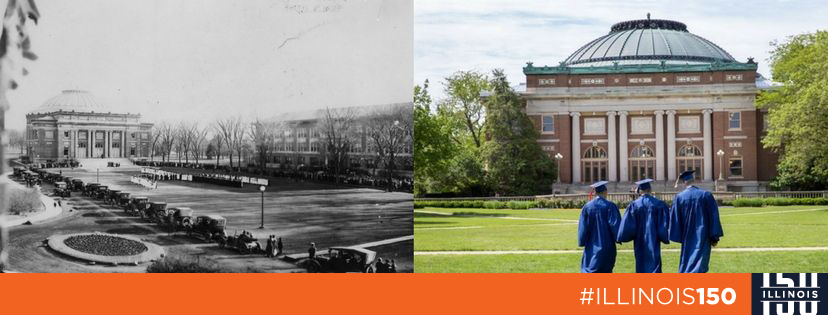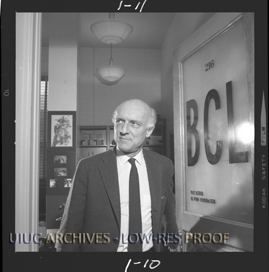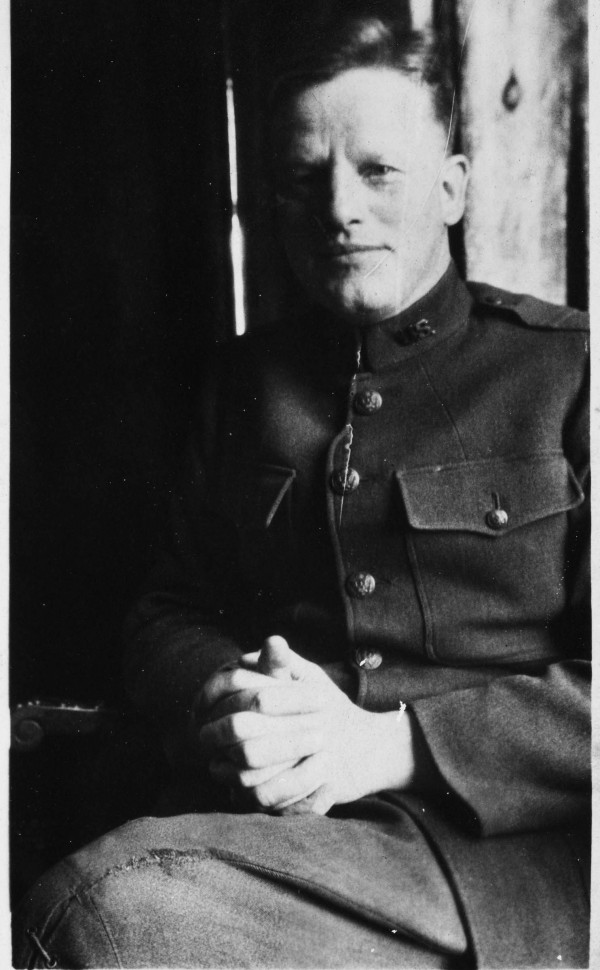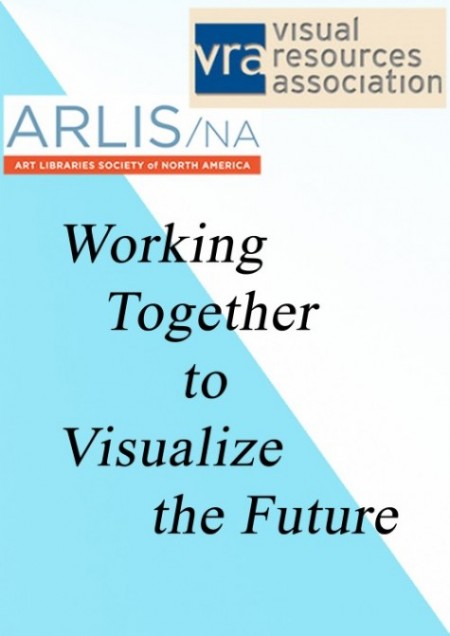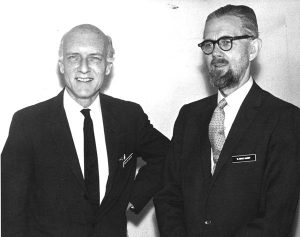
The University of Illinois Archives has been awarded a grant from the National Endowment for the Humanities (NEH) to develop a prototype web-portal and analysis-engine to provide access to archival material related to the development of the iconic, multi-disciplinary field of cybernetics. Continue reading “University of Illinois Archives Awarded NEH Grant to Digitize “The Cybernetics Thought Collective””
